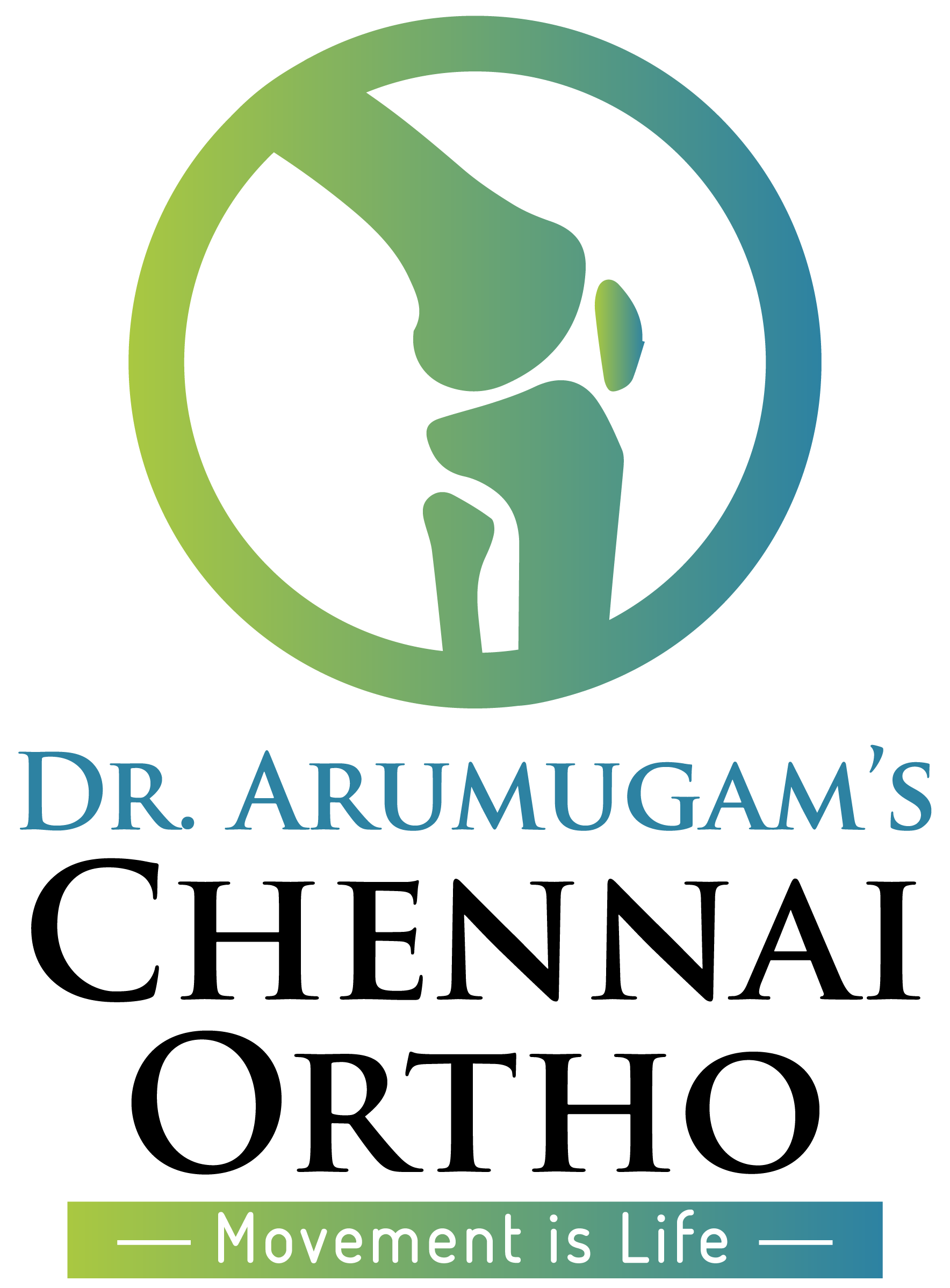
Dealing with Neck Strain
“What a pain in the neck!” is said with a lot of feeling when complaining about someone who is troublesome. Yes, neck pain is common and bothersome. It may be mild or debilitating, extending from a few days to a few weeks.
And to think it is caused by a group of about 20 muscles connected in the neck that support the head to remain upright and enable its movement. These muscles also control the movement of the neck, jaw, upper back and shoulders.
While most of our life we may take this part of the body for granted, sometimes one or more fibres in the neck muscle or tendon may tear due to being stretched too far and cause injury, making us take notice. This pain is referred to as a muscle pull, neck strain and even neck sprain. Sprain, however, is different and is caused by a ligament injury. But since the symptoms are similar and often heal on their own, they are often confused with strain.
Sometimes there can be inflammation that causes swelling and pain, and may take longer to heal.
The Neck Anatomy
Muscle movements are caused by the contraction of contractile proteins located in the myofibrils inside muscle fibres that constitute a healthy muscle. Overexertion or too much stretching of the neck muscle can cause small tears in the muscle, tendon, or connective tissue between the muscle and tendon, the weakest part. The two most vulnerable neck muscles are:
- Levator scapulae: This is a long muscle that connects the top of the cervical spine with the scapula (shoulder blade) running along the side of the neck. Motions such as bending and rotating the neck to the side are facilitated by this muscle. Any hindrance to these movements is caused when this muscle is strained.
- Trapezius: Movements such as head tilts and looking up are facilitated by the upper part of this kite-shaped muscle that starts at the base of the skull and ends in the middle of the, also extending out to the shoulders. Strain to this muscle can make tilting or looking up difficult.
Neck Strain: Causes
A variety of reasons cause neck strain and include:
- Posture: Being hunched over the computer; speaking for long on the mobile keeping it pressed between the ear and the shoulder; looking down at the phone for long; or sleeping in a way where the cervical spine is not supported–these are some of the common postural issues that cause the neck muscles to be stretched too far and cause strain.
- Lifting Heavy Objects: Neck muscles may be overexerted when lifting something heavy.
- Impact Due to Collision or Fall: Neck strain injuries can be a result of a whiplash due to a sudden impact that jars the head and causes the cervical spine to move too quickly.
- Strenuous Activity: Starting a new type of strenuous activity like physical training can cause neck strain
- Repetitive Action: Repeating some actions beyond the endurance level of the neck muscle can cause strain.
Common Symptoms of Neck Strain
Neck Strain can manifest itself in many ways, including:
- Localized pain in the neck and surrounding parts including the back of the head, upper back, and/or shoulder.
- Dull, throbbing pain deep in the muscle can hamper sleep and make focusing difficult.
- A sharp, knife-like pain.
- No or dull pain at rest that flares into sharp pain because of certain movements or activities.
- Painful muscle spasms due to inflammation.
- Difficulty in moving the neck.
Some injuries due to impact or accidents can also manifest as tingling or numbness spreading to the shoulder, arm or hand; headache or dizziness; visual problems such as sensitivity to bright lights; unstable neck; poor finger dexterity; balance issues; or even loss of bladder or bowel control.
Depending on the severity, the strain is graded as I, II and III, with III being debilitating and severe.
Prevention and Treatment
To minimize the possibility of a neck strain, it is important to:
- Stay active
- Start new activities slowly, giving the muscles time to adapt
- Take breaks or alternate activities when doing repetitive motions.
- Sleep well, find a good pillow and mattress to provide cervical spine good support.
- Maintain good posture at all times.
Treatments for Neck Strain
Begin by giving your neck some rest to allow it to heal. Applying cold fomentation within the first 48 hours of injury, and after that, hot or cold fomentation can be applied. Some over-the-counter pain medication and pain relievers can also provide relief.
If the strain is severe, then we recommend checking with a doctor.
Also don’t miss our section on Prevention and Treatment for Neck Injuries.

